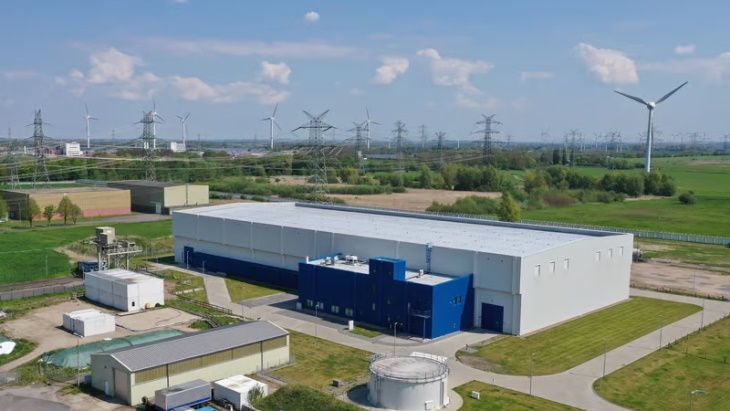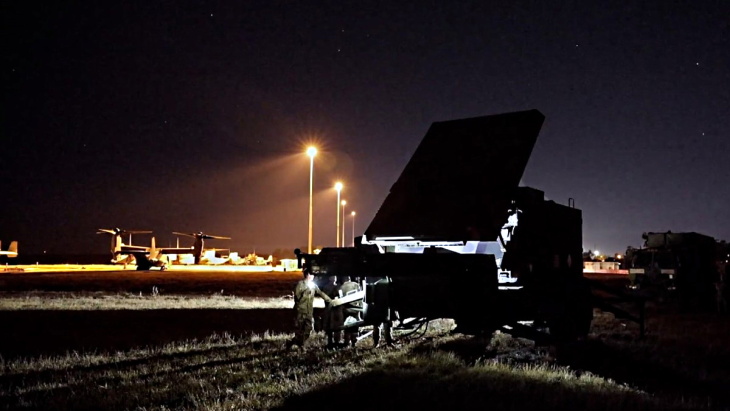The single-unit Brunsbüttel plant was among the eight oldest German reactors taken out of service in March 2011. The 771 MWe boiling water reactor (BWR) had been idle since 2007 following a grid-facilitated trip. Brunsbüttel was one of eight older power reactors that had their operating licences withdrawn by the federal government shortly after the Fukushima accident in Japan in March 2011. Vattenfall - which owns a 66.7% stake in the plant with EOn holding the remaining 33.3% - applied in late 2012 to decommission that plant.
The new facility - referred to as LasmA - will be the only storage facility for low and intermediate-level waste at the Brunsbüttel site, replacing the transport preparation halls I and II currently in operation there.
The transfer of the LasmA facility to the federal government is provided for by law. The prerequisite for the transfer to BGZ was the completion of all systems and the corresponding approval from the Ministry for Energy Transition, Climate Protection, Environment and Nature of the State of Schleswig-Holstein.
In March 2017, the Federal Ministry for the Environment, Nature Conservation, Building and Nuclear Safety (BMU) and GNS Gesellschaft für Nuklear-Service mbH established the BGZ joint venture to enable the government to take over intermediate storage and final disposal of radioactive waste. In May 2017, GNS reached an agreement with the BMU for the transfer of its share in BGZ so that the federal government became the sole owner of BGZ. BGZ will eventually own all 12 of the interim storage facilities at Germany's nuclear power plant sites.
The LasmA building is 116 metres long, 48 metres wide and 16 metres high. In addition to two storage areas, the interim storage facility also has two handling areas, utility rooms and a social wing for employees. In total, it offers space for around 2500 containers with low and intermediate-level radioactive waste.
The facility has reinforced concrete walls around 85 centimetres thick and a reinforced concrete ceiling around 95 cm thick. It rests on 376 bored piles up to 38 metres deep with a total length of around 12,000 metres. 6000 tonnes of reinforcing steel and 38,000 cubic metres of reinforced concrete were used in the building itself, 16,000 cubic metres of which are in the piles alone.
In future, waste from the operation and dismantling of the Brunsbüttel plant will be stored in the interim storage facility. In addition, there will be operational waste from the Krümmel nuclear power plant. The waste will be stored safely in the interim storage facility until it is transferred to the Konrad final storage facility.
Ingo Neuhaus, managing director of Vattenfall's nuclear energy division in Germany, said: "With the handover of the building, we wish the BGZ as operator all the best for the safe operation of the warehouse and we hope that we will continue to work together in a spirit of trust."
"Through safe operation, we are making a significant contribution to the disposal of radioactive waste and are thus making an important contribution to the dismantling of the Brunsbüttel nuclear power plant," said Jonas Wingert, BGZ site communicator in the northern region.






_50545.jpg)
_28367.jpg)

_76087_55556.jpg)




